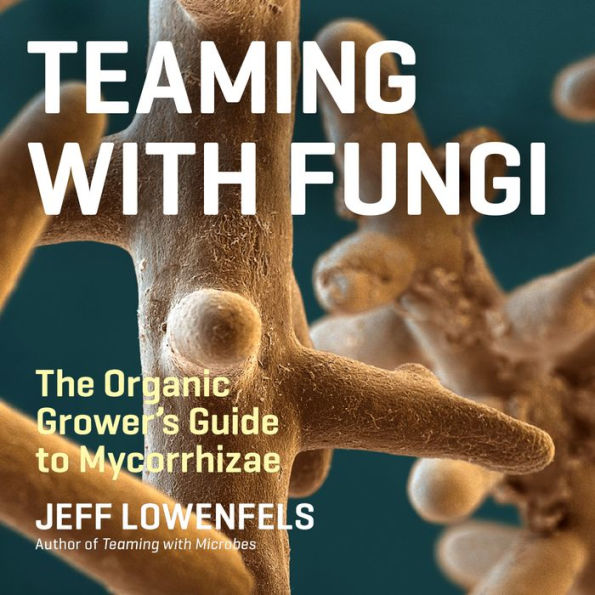Accomplishes what few other books have—helping growers use mycorrhizae to improve the immune systems of plants. This natural union between plants and fungi is the foundation of our food web.” —Paul Stamets, author of Mycelium Running: How Mushrooms Can Help Save the World “A thorough yet accessible look at mycorrhizal fungi and their critical role in plant health and survival. . . . I recommend this book for the intermediate to advanced gardener, and certainly for anyone who grows plants professionally.” —The American Gardener “Does much to bring the concept to light.” —Choice “This small but mighty guide. . . translates complex science into clear language to enhance your knowledge of your garden soil.” —Michigan Gardener “At the end of this book, you will have all the knowledge you need to make your own inoculants and predict how they will benefit your crop, lawn, or garden.” —The Gardener “To say [Lowenfels] thinks deeply about this subterranean world [of soil] is an understatement.” —Hamodia “Teaming With Fungi helpfully demonstrates just how to apply the core principles of the mycorrhizal fungi process to produce healthier, hardier, happier Cannabis plants.” —The Northwest Leaf “The third great microbe title of Lowenfels' organic gardener's earthy trilogy.” —The Daily Inter Lake
5
1

Teaming with Fungi: The Organic Grower's Guide to Mycorrhizae

Teaming with Fungi: The Organic Grower's Guide to Mycorrhizae
FREE
with a B&N Audiobooks Subscription
Or Pay
$17.99
17.99
In Stock

Editorial Reviews
Product Details
| BN ID: | 2940174976993 |
|---|---|
| Publisher: | Dreamscape Media |
| Publication date: | 08/30/2022 |
| Series: | Science for Gardeners , #6 |
| Edition description: | Unabridged |
| Sales rank: | 1,003,691 |
| Age Range: | 12 - 17 Years |
Videos

From the B&N Reads Blog
